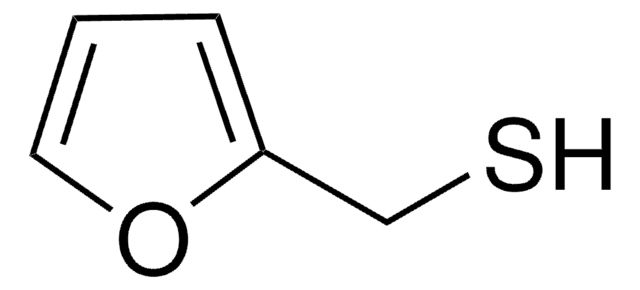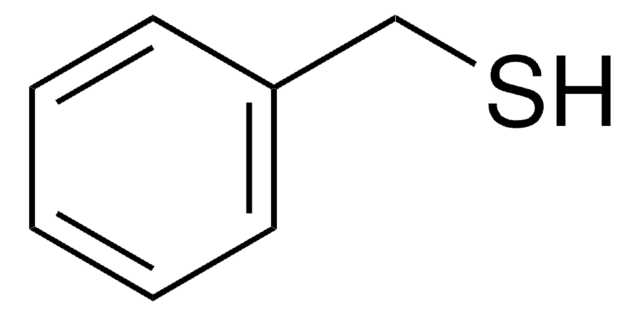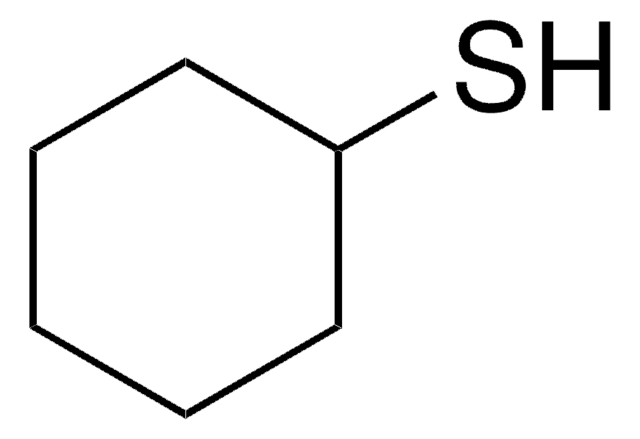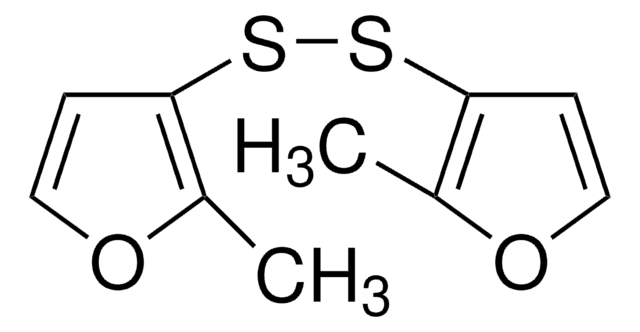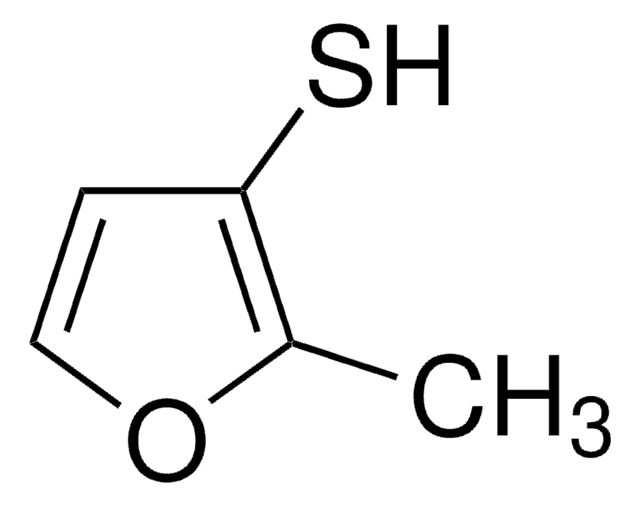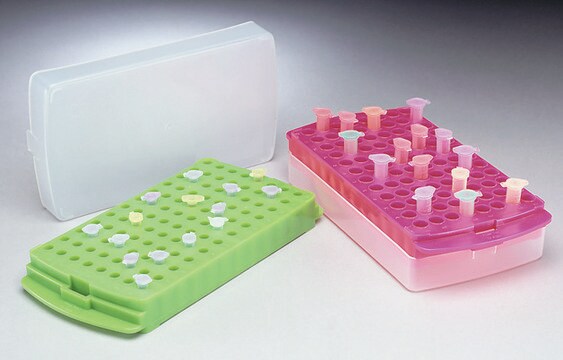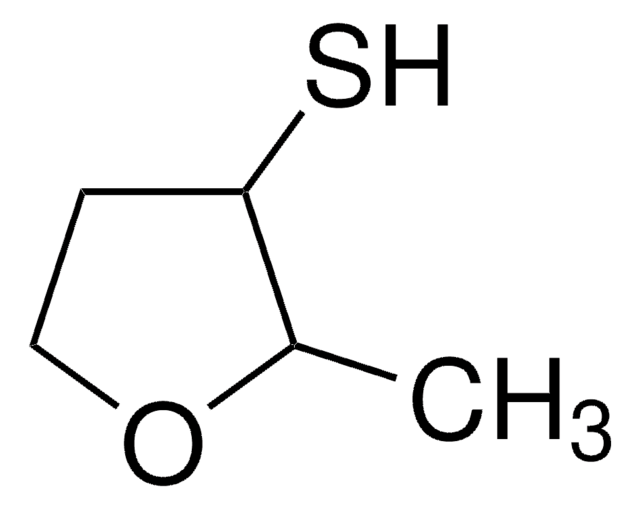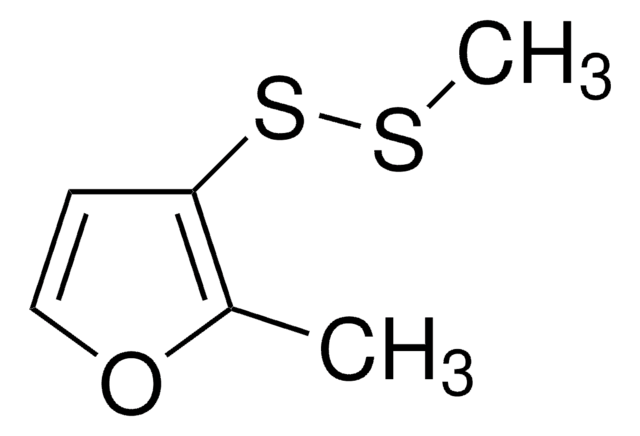F20408
2-Furanmethanethiol
98%
Synonym(s):
2-Furfurylthiol, 2-Furylmethanethiol, Furfuryl mercaptan
About This Item
Recommended Products
Quality Level
Assay
98%
form
liquid
refractive index
n20/D 1.531 (lit.)
bp
155 °C (lit.)
density
1.132 g/mL at 25 °C (lit.)
SMILES string
SCc1ccco1
InChI
1S/C5H6OS/c7-4-5-2-1-3-6-5/h1-3,7H,4H2
InChI key
ZFFTZDQKIXPDAF-UHFFFAOYSA-N
Looking for similar products? Visit Product Comparison Guide
1 of 4
This Item | R6401 | R6651 | R6776 |
|---|---|---|---|
| manufacturer/tradename Heathrow Scientific HS2345B | manufacturer/tradename Heathrow Scientific HS2345C | manufacturer/tradename Heathrow Scientific HS2345E | manufacturer/tradename Heathrow Scientific HS2345F |
| feature Holds 96 x 1.5-2 mL tubes | feature Holds 96 x 0.5-2 mL tubes | feature Holds 96 x 0.5-2 mL tubes | feature Holds 96 x 0.5-2 mL tubes |
| technique(s) PCR: suitable | technique(s) PCR: suitable | technique(s) PCR: suitable | technique(s) PCR: suitable |
| size 246x121x50 mm | size 246x121x50 mm | size 246x121x50 mm | size 246x121x50 mm |
| color natural | color blue | color pink | color yellow |
Signal Word
Warning
Hazard Statements
Precautionary Statements
Hazard Classifications
Flam. Liq. 3
Storage Class Code
3 - Flammable liquids
WGK
WGK 3
Flash Point(F)
113.0 °F - closed cup
Flash Point(C)
45 °C - closed cup
Personal Protective Equipment
Choose from one of the most recent versions:
Already Own This Product?
Find documentation for the products that you have recently purchased in the Document Library.
Customers Also Viewed
Our team of scientists has experience in all areas of research including Life Science, Material Science, Chemical Synthesis, Chromatography, Analytical and many others.
Contact Technical Service